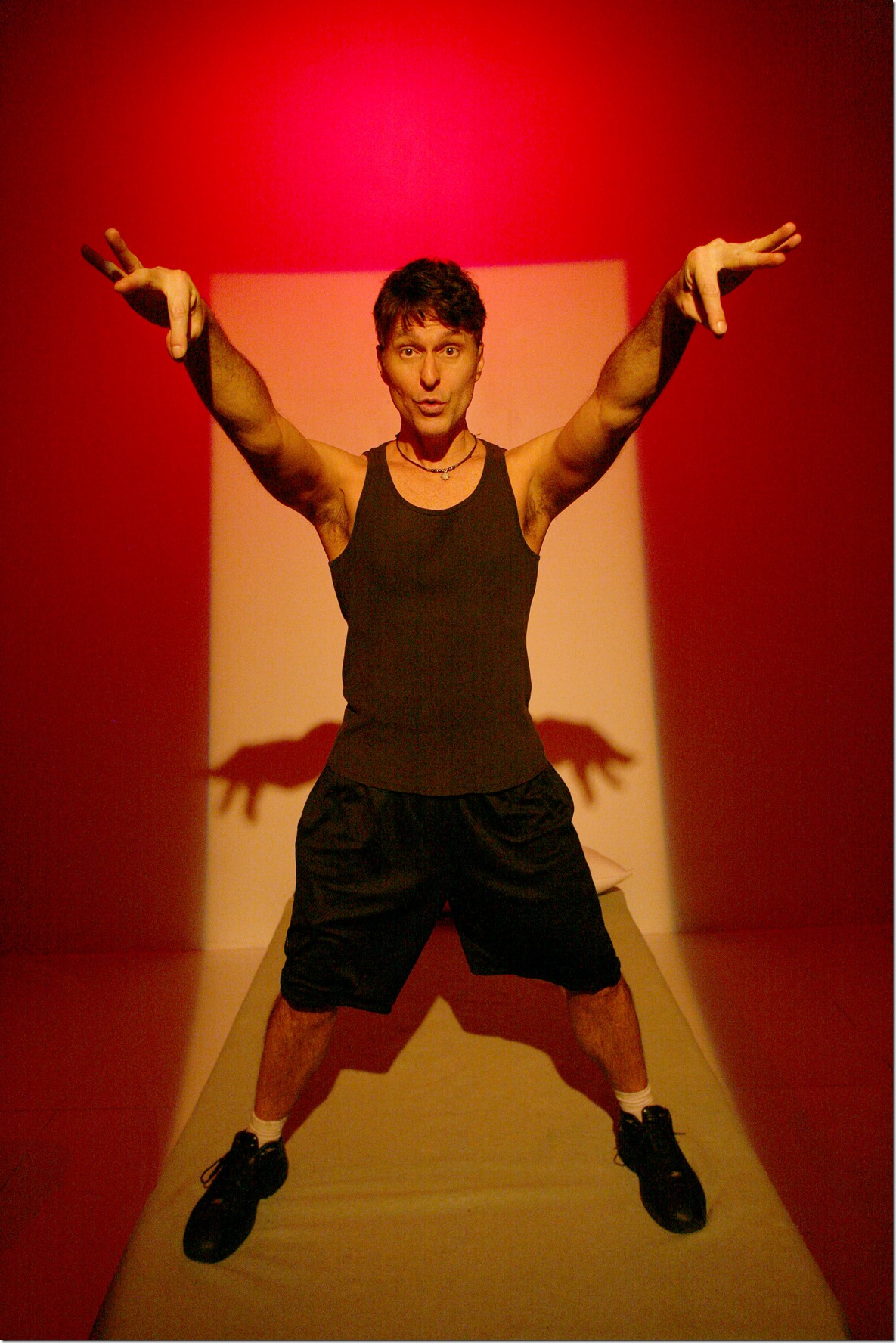The growth of G.I. Joe’s biceps to unnatural proportions was the subject of an essay penned by writer, solo performance artist and gay-rights activist Tim Miller.
Remaining a sexless toy marketed to boys since 1964, G.I. Joe’s masculinity was evident only by his bulging upper arms. Initially, if scaled to the size of a normal male, his arms measured 12 inches around. Thirty five years later they swelled to a cartoonish 26.8 inches.
Much like the absurdly small waist-line Barbie inspired in the minds of girls, GI Joe offered an idealized body type that no human male could ever attain.
Miller noted that the marketing of unrealistic perfection to men and boys was detrimental, making it difficult to be comfortable in the bodies they have.
In particular, he argued, gay men are at a greater disadvantage because the stereotype of the ideal man moves beyond the typical advertisements for personal computers and dish soap—gay men have bronzed, buffed Adonises shilling for bars, treatments centers and AIDS medications.
Miller appeared at the University of Texas at Dallas (UTD) on Oct. 3 to offer a sampling of his solo performances on gender, body image and immigration. The lynchpin of his performances was his identity as a gay man.
The Overture’s Stephanie Vastine hopped on stage for a brief interview with Miller prior to his performance. She asked Miller about how men deal with poor body image.
How can young men suffering with poor body image deal with it when there seem to be less advocacy groups for men than for women?
A lot of the work is not just for gay guys; it is for men generally. There is increasing body fascism for men and it ends up infecting the intended use of that word (body), much like HIV is infecting people.
I do a lot of work with body mapping. It’s about finding ways of really coming to a relationship with our own bodies, not the bodies we think we should have.
For women, this is a long time discussion of feminism. Women in some ways have better tools. I would say that women are much more messed with by this body fascism than men are, but it does happen to guys now too, and certainly for gay men.
When you re-map your body you start to think, “Ok this is my body.” It’s not like the one on the cover of Men’s Health, or Taylor Lautner’s (which looks like a cyborg). It’s like the Ken doll equivalent of the anatomically impossible Barbie.
It’s about coming to terms with your own body and having a deeper understanding of self.
This issue is really at the heart of the work I do.
Are you can advocate for men’s rights? Such as advocating for men’s custody rights or advocating for the anti-circumcision movement?
I haven’t really ponied-up with any of them. Anytime I can talk with a class about masculinity I really seek that out. It’s about different ways we negotiate our maleness. The piece I’m doing today about me as a nine year old boy asking another boy to marry me deals with this too.
You were awarded a National Endowment for the Arts Solo Performer Fellowship in 1990, but it was ultimately stripped from you in a case that went before the Supreme Court. What in your work was found to be obscene? Did you agree that it was obscene yet still fundamental to your work?
They didn’t find anything "obscene" really.
They would have been hard pressed to answer that question
Of course I didn’t agree. They were fellowships so they weren’t actually about any specific piece.
What is your connection with Sir Ian McKellen? He was listed in the acknowledgements in one of your books.
Oh! Well he’s been a buddy for about twenty years. He’s great. We have performed on the same programs together in the UK and, actually I’ve known him for 25 years, since I was in my twenties. He’s someone I love and he’s a great civil rights leader of course.
Written by Rebecca Gomez
Interview by Stephanie Vastine
Photograph courtesy of Tim Miller




Recent Comments